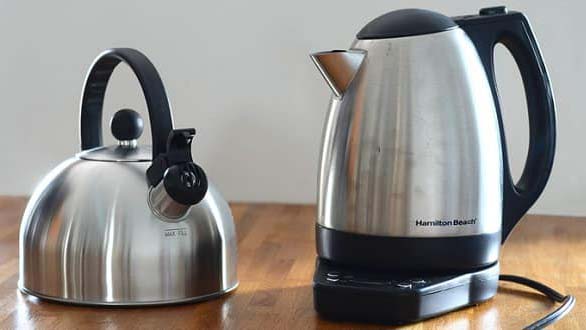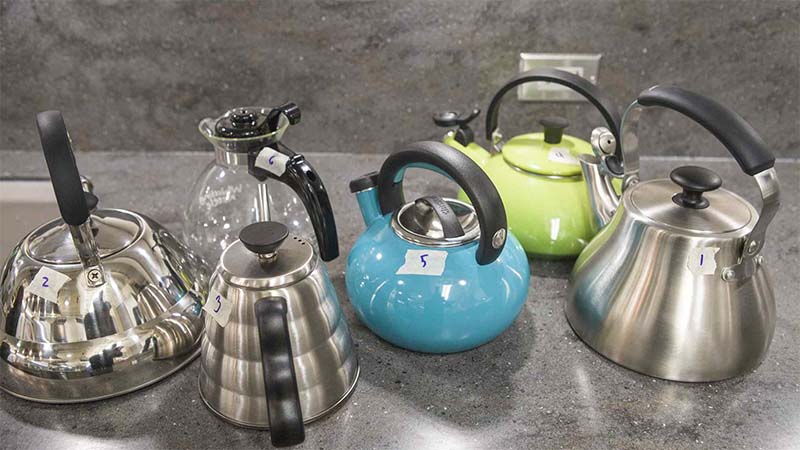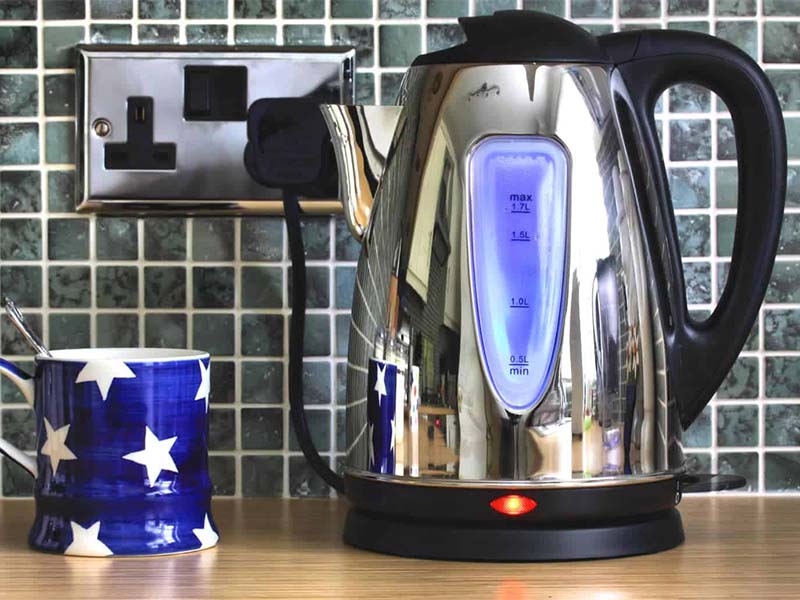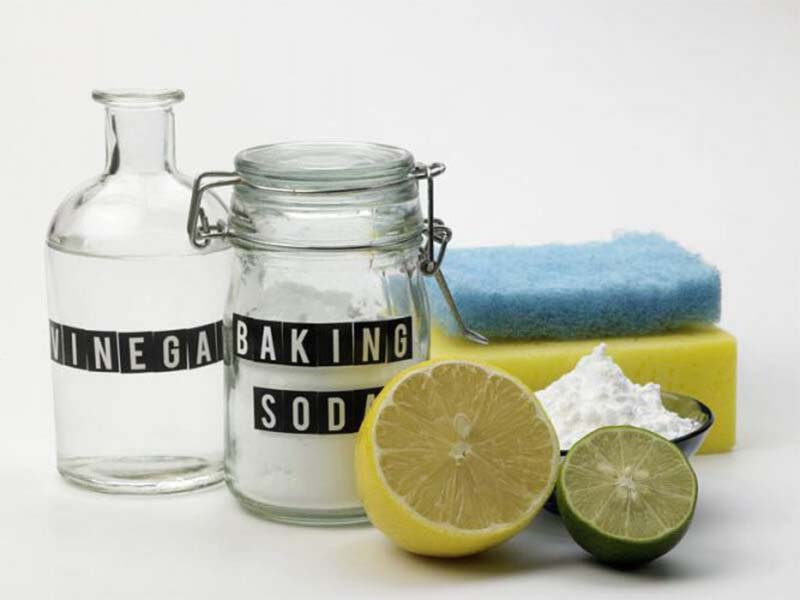A teapot is a specially constructed pot for heating water. It has four main components: a lid, a spout, a chamber, and a handle. There are two main types of tea kettles: electric and stovetop. Aside from heating water, a tea kettle has numerous other use.
In this post, we'll learn about the basic operation of tea kettles, how they work, and several useful and fascinating tea kettle hacks.

How do Tea Kettles Work?
In general, a tea kettle absorbs heat from its source and boils the water inside. As previously stated, there are two sorts of tea kettles: stovetop and electric.
Stovetop tea kettles are typically made of metal and feature a flat bottom. Their handles are usually located on top. To use a stovetop tea kettle, place it on a stove, such as a gas, infrared, or induction stove. The kettle will use the heat from the stove to boil water.
Electric tea kettles, on the other hand, are specifically designed to convert power into heat in order to boil water. There is a metal coil within the electric tea kettle. When you provide the kettle with an electric current of approximately 220V, the metal coil converts the electricity into heat, which warms the water in the kettle till boiling.
Electric kettles are made from a wider range of materials than stovetop kettles. They range from metals and ceramics to heat-resistant plastics.
Some modern electric kettles contain a thermostat that automatically turns off the kettle when the water has boiled sufficiently. You no longer have to worry about forgetting to turn off your kettle thanks to these sophisticated devices.
Furthermore, some electric kettles have a more powerful heating coil, allowing them to boil water much faster than standard ones. People refer to them as "instant" water boilers. Using a "instant" water boiler allows you to boil water 2-3, even 5 times faster. This is an extremely useful piece of equipment for busy folks.

How to Use Tea Kettles in the Right Way?
Of course, the purpose of a tea kettle is to boil water. This is a fairly simple thing to perform. However, there are several critical safety precautions you should take when using tea kettles to extend their longevity and protect yourself.
For stovetop tea kettles
- Do not overfill water in the kettle. Make sure that the water level is under the spout. If the kettle is overfilled, maybe water will overflow out of the kettle when boiling.
- Choose the right size burner for your stovetop tea kettle to avoid burning its exterior.
- Never leave a kettle unattended on the stove when boiling it because this is very dangerous. If you are often absent-minded, you can choose a whistling kettle. The whistle attached on top of the spout will make a loud sound when the water reaches boiling point. Therefore, you will notice and timely turn off the stove.
- Some kettles do not have a stay-cool handle, so be careful when pouring boiled water. Using a potholder is the better choice to avoid injury.
For electric tea kettles
- In every electric tea kettle, there are marks of minimum and maximum water levels you can fill in. So ensure that you do not pour too little or too much water into the kettle.
- If the water level is under the minimum line, the heating coil may be overheated and cause danger or damage to the kettle.
- On the contrary, filling too much water will cause overflowing when the water is boiled. This will make your kitchen messy and damage the kettle, or even your electricity system.
- Do not plug or turn on an electric tea kettle when it is empty, because the heating element can be damaged
- Choose electric tea kettles with a thermostat so that they can automatically turn off when the water reaches the right temperature.
For both stovetop tea kettles and electric tea kettles:
- Remember to clean and dry the new tea kettle before using it for the first time
- Do not store water in the tea kettle. You should pour all the water out of the kettle if you do not need to use it. This can prevent the kettle from rusting and lengthen its lifespan
- Just boil the amount of water you need to save energy and time and make the kettle more durable

Cleaning Tea Kettles
After each usage, gently clean the kettle. You can clean it with dish soap and allow it to dry naturally.
After a lengthy period of use, a layer of sediment forms on the bottom of the kettle. Normally, it is pretty tough to wash this stain; however, here are some suggestions for this problem:
- Using vinegar: Acid in vinegar can help you to remove the stain quickly. All you need to do is mix vinegar and water in the ratio of 1:1. Then pour this mixture into the kettle so that the liquid completely covers the stain and boil it. Scrub the stain with a brush after the kettle cool down
- Using lemon juice: Lemon juice also contains acid, so if you do not have vinegar, lemon is a good replacement. Follow the same steps as when you do with vinegar, replacing vinegar with lemon juice
- Using baking soda: with baking soda, there are 2 useful methods to clean the stain:
- Method 1: Put a teaspoon of baking soda in 500 ml of water and mix well. Boil this mixture in the kettle for 15 minutes. Let it sit for another 15 minutes, then empty the kettle and wash again with cold water
- Method 2: Mix a tablespoon of baking soda with a little water until they form a paste. Use a brush to scrub the stain off the kettle with this paste until the stain is removed.

Some Hacks with the Tea Kettle
Using tea kettle to cook food
Maybe you do not know, but besides the main function of boiling water, a tea kettle can be used to cook some types of food.
- Boiling an egg: Put the egg in the tea kettle and fill with water until water covers the egg. Let the kettle boil in 10-12 minutes, and your breakfast is ready!
- Heating soup or milk: Need hot soup or milk? Just pour them into the tea kettle and boil. Remember to wash the kettle carefully after use
- Cooking pasta: nothing is more simple than having pasta with a tea kettle. Put pasta and water into the kettle and cook until the pasta is soft. Take the pasta out, sprinkle sauce, stir well, and enjoy!
Reusing old tea kettles as decorations for your house
Old tea kettles can be reused rather than discarded. An old or damaged tea kettle can be used as a lovely planter or one-of-a-kind vase to add beauty to your house.
Final Words
Above is everything you need to know about tea kettles. Perhaps you have discovered a satisfactory explanation for how tea kettles function, as well as some recommendations for utilizing a tea kettle. We hope that this knowledge is useful in your daily life.
